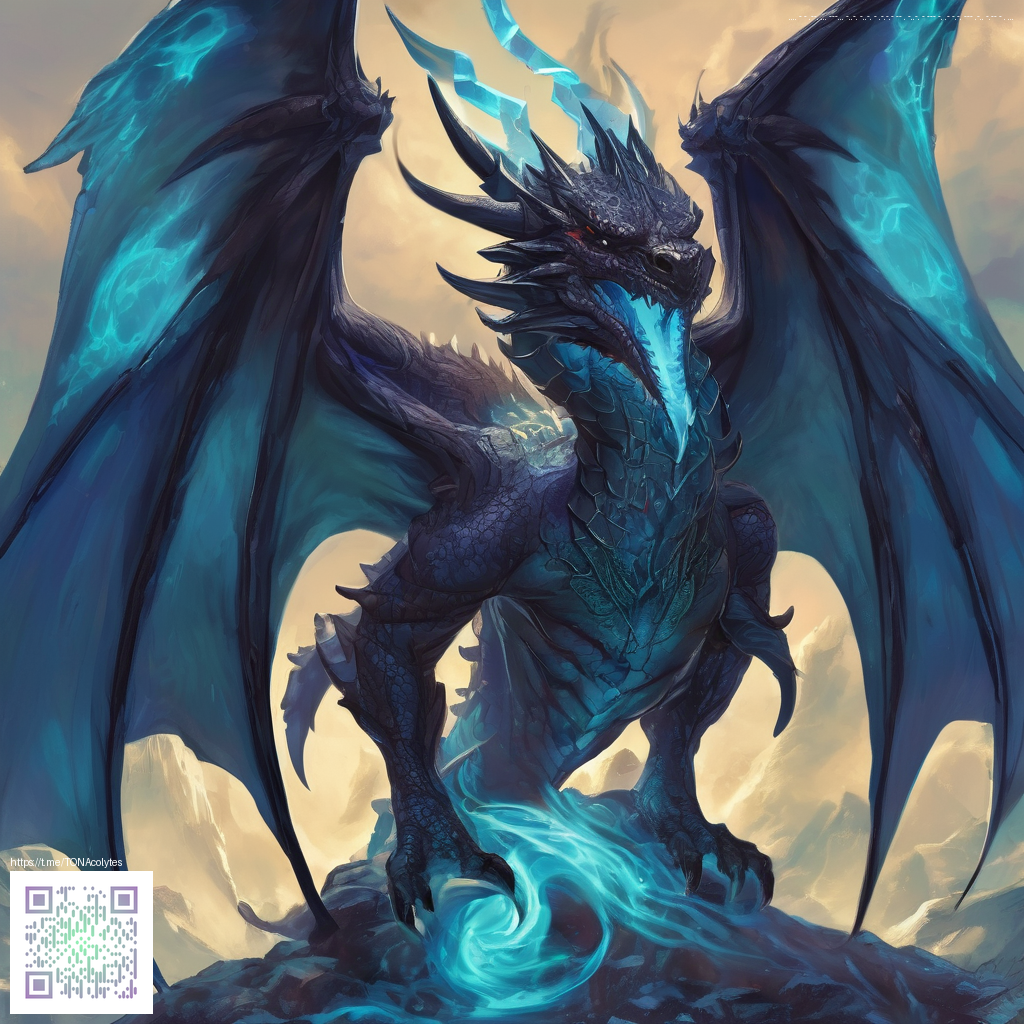
Best PC Settings for Smooth Gameplay in Kingdom Hearts III
Kingdom Hearts III on PC invites players to chase the magic of its cinematic battles while chasing that silky, locked frame rate. The community has converged on a few core settings that drastically reduce stutter, improve input responsiveness, and keep fancy effects from overshadowing the action. The work pays off whether you are stomping through Toy Box chaos or weaving through a flagship boss in the heart of the Keyblade universe 🎮.
Gameplay analysis
Performance in action RPGs hinges on consistent frame pacing more than raw numbers. In tests conducted by independent outlets, 1440p with Max settings generally delivers a stable experience on mid to high end GPUs. For players aiming for the standard 60fps cap, this target is very achievable with a modern graphics card. In contrast, pushing all settings to 4K at Max tends to demand top tier hardware; only the most capable GPUs such as the RTX 2080 Ti or the RTX 3080 frequently sustain a steady 60fps under heavy spellcasting and large particle effects.
What does that mean for your in game feel The level of detail in textures and character models matters, but so do shadow quality and post processing. A good rule of thumb is to lean into a balance where you preserve the clarity of combat cues and enemy telegraphs while trimming effects that don t directly contribute to gameplay readability. Turning off motion blur helps with clarity during rapid movement and can shave a few milliseconds from reaction time. Texture detail has a strong payoff for weapon animations and environment depth, so keep textures high if VRAM allows without triggering stutter via memory swaps.
Community insights
Players have shared a treasure trove of practical tweaks. A recurring suggestion is to cap the frame rate at 60 if you use V sync, as this can prevent micro stutters caused by dynamic frame pacing. Others advocate enabling a robust anti aliasing method, typically TAA, to reduce shimmering without washing out colors. The consensus is that the PC port rewards experimentation, with many reporting smoother battles after dialing in a fixed refresh rate and disabling aggressively heavy post processing in crowded scenes.
If you are chasing clean inputs, reducing input lag by using a wired connection and a responsive monitor helps a lot. Community mods and reshade profiles sometimes surface as well, offering refined color grading and further performance balance. While not every setup benefits from the same mix, the underlying theme is clear: readability of combat cues and stable frame pacing trump raw eye candy in the heat of a boss fight.
Update coverage
Over time the PC port has seen improvements from both game patches and driver updates. Early reports highlighted occasional texture streaming hiccups and stutter in dense scenes, but iterative patches and GPU driver optimizations have narrowed the gap between PC and console experiences. For many players, a simple alignment of driver versions with a tailored set of graphics options yields a much smoother ride, especially in long sessions or marathon raids.
Keep an eye on patch notes from Square Enix and your GPU maker a small cadence can yield notable gains. The goal remains to preserve the cinematic pacing that fans adore while ensuring that every button press lines up with the action on screen.
Modding culture and developer pointers
The PC ecosystem for this title hosts a modest yet enthusiastic modding community. Players explore reshade based color tuning, texture refinements, and user created quality of life tweaks that don t compromise gameplay. The best mods respect frame timing and avoid intrusive changes to core rendering that could introduce stutter or shader load spikes. For mod seekers, testing in a controlled sequence helps identify which changes genuinely improve perceived smoothness rather than simply boosting eye candy.
From the developers side there is a clear emphasis on preserving the intended pacing of battles while expanding customization. The collaboration between teams working on the PC port focuses on stable texture streaming, coherent animation timing, and flexible graphics budgets that let players tailor the experience to their hardware without breaking the action rhythm. In practical terms this means you can trade some visual flourishes for crisp timing and fewer dropped frames without losing the cinematic vibe.
Across the board players note that the best setup is the one that keeps combat feels responsive and visuals consistent. The strongest takeaway is that a well balanced mix of resolution, texture detail, anti aliasing, and frame pacing yields the smoothest, most satisfying run in chaotic moments.
To help you jump in with confidence, here is a practical starting point you can customize. Set resolution to 1440p as a baseline, enable TAA, cap frame rate at 60, turn off motion blur, and align shadows to medium. If you own a high end GPU, experiment with 4K while dialing down shadows and post processing to offset memory bandwidth demands. Your mileage will vary based on system RAM and CPU speed, but this approach gives you a reliable path toward silky combat and crisp visuals.
Gaming Mouse Pad 9x7 Custom Neoprene with Stitched Edges